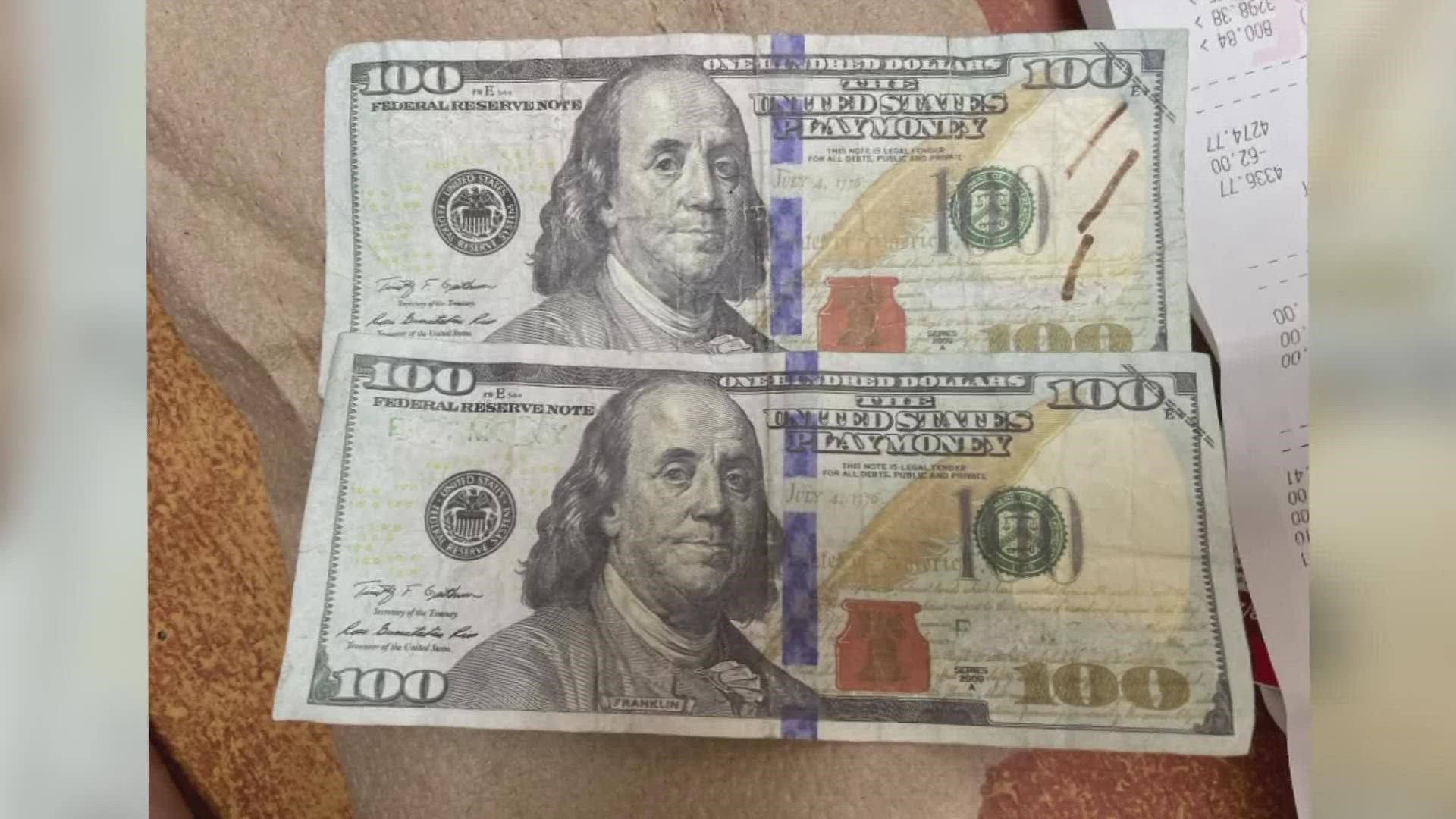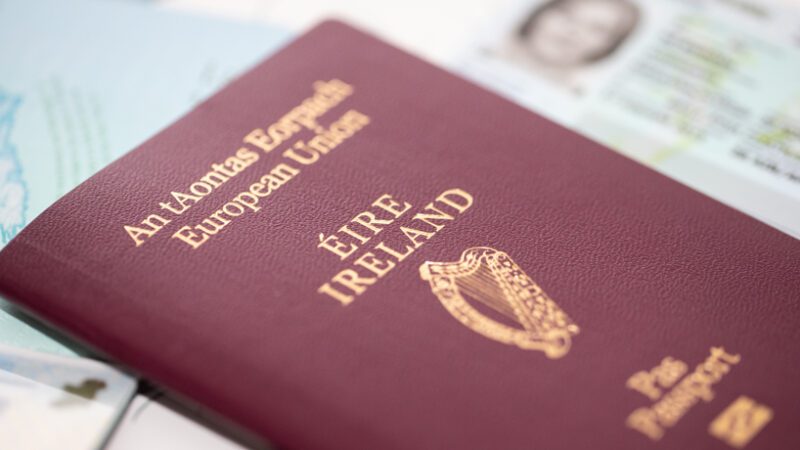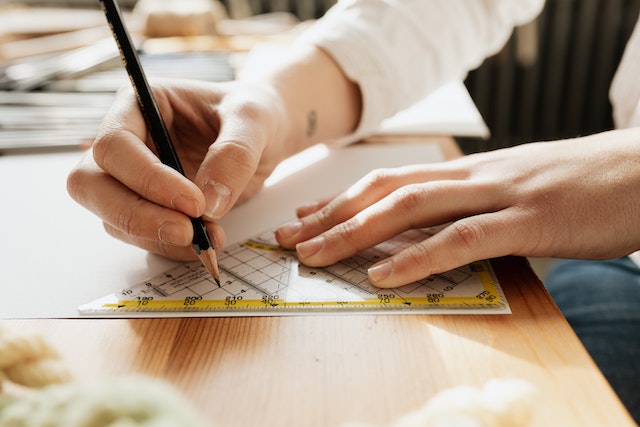How to spot fake money and avoid being scammed

If you’ve never had the misfortune of coming across counterfeit money, consider yourself lucky! Unfortunately, this unpleasant surprise happens more often than you might think and can be costly both in time and money lost, not to mention embarrassment if it happens in front of people you know. To help you avoid this situation and keep your hard-earned money safe, here are some tips on how to spot fake money.
Step 1: Look at the bill in natural light
When you’re looking at a bill, examine it in natural light if possible. fake money is often printed on inferior paper, so it will look different than a real bill. Also, check for subtle color changes or bleeding that would indicate the bill has been photocopied. If the print looks washed out, this could be another sign of a fake bill. You can also use your fingers to see if there are any raised printing lines that should not be there or any small watermarks running across the bill when held up to the light.
Step 2: Check for security features
If you’re in the U.S., all real bills will have a watermark of the person whose portrait is on the bill. They’ll also have a security thread embedded in the paper that glows under ultraviolet light. The bills will feel slightly different from one another because of the way they’re printed. For example, a $5 bill should feel thicker than a $1 bill. A $10 bill will be larger than a $5 or $1.
A popular scam for fake money s s s is for criminals to replace the security thread with an iron-on sticker of the same design so it looks like it’s still there. Make sure to hold up your note to UV light: if it doesn’t glow, then your note is not authentic!
$100 bills have a blue security strip, while $50s, $20s, $10s, and $5s all have silver strips. On each note, there’s also a large red number in one corner: on a $100 bill, it will be 100 or C; on a $50 bill it will be 50 or F; on a 20-dollar bill it will be either an E or 2; on a 10 dollar bill it will either be an A or B, and finally on a 5 dollar bill it will either say FIVE or have no lettering at all.
Step 3: Examine the texture
The feel of the paper is important when determining if a bill is real or fake. Run your fingers along the bill and pay attention to the texture. If it feels papery and rough, it’s most likely a genuine bill. If it feels smooth or waxy, it could be a fake. One easy way to check for this is by turning the bill over and feeling for the ridges on the opposite side. Genuine bills have those same ridges on both sides, while fakes usually only have them on one side.
Another tip for detecting counterfeit bills is by looking at their watermark. To view a bill’s watermark, hold it up to a light source so that you can see through it. A real bill should have some parts of George Washington’s face obscured by vertical lines (known as key lines). A fake bill may not show any key lines or only show them partially. If you’re still unsure about your bill, take it down to your local bank for inspection. Alternatively, there are websites online that claim they can authenticate currency based on pictures submitted online or via email.
Step 4: Feel the paper
real paper bills are made of a blend of 75% cotton and 25% linen. There should be a security strip running vertically on the bill. If you can’t find it, the bill is probably fake. If you can see it, but it doesn’t say USA TWENTY when you hold it up to the light, then it’s also fake. Also, try tearing the bill in half; if it rips easily, then it’s probably counterfeit. Some bills have watermarks or security threads that glow under ultraviolet light. You can also use UV lamps at many bank branches to check for counterfeit currency.
Fake bills often feel too slick or too stiff, so don’t forget to touch them!
The final way to spot counterfeit bills is with a currency detector. You can buy these detectors at any major retailer, usually in gift shops in airports or big stores like Walmart. Simply slide your bill through it, and if it beeps or flashes a number telling you how much it’s worth, then you have yourself a counterfeit! It’s that easy!
Step 5: Smell it!
One way to tell if a bill is fake is by smelling it. Counterfeiters often use low-quality paper that doesn’t have the same scent as real currency. So, if you’re ever suspicious of a bill, give it a sniff. If it doesn’t smell right, it could be fake. It’s also important to check for watermarks in your banknotes. These are usually found in either the top or bottom corner of your note and are raised with text on them so they can’t be seen easily when looking at them head-on.
Step 6: If it still doesn’t look right, contact your local police force
If you’re still not sure if the bill is fake, the best thing to do is to contact your local police force. Explain what happened and why you’re suspicious. The police will likely have a counterfeit detection pen that they can use to mark the bill. If the mark turns dark, it’s likely that the bill is fake.
It’s important to realize that just because a bill looks like it’s real, it doesn’t mean that it is. Counterfeit detection pens are inexpensive and sold at most office supply stores. You can even purchase counterfeit detector pens online if you’d prefer not to leave your home or if you live in an area without office supply stores nearby. These pens should be able to detect counterfeit bills on the spot.






